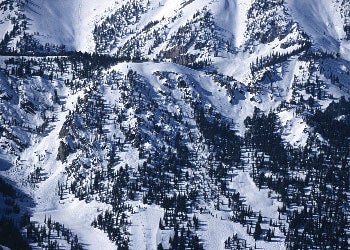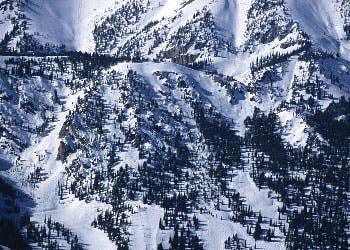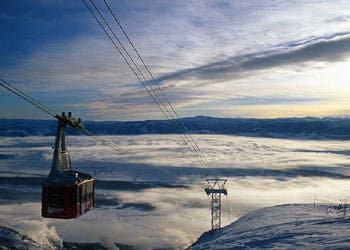The Truth: Onno Wieringa


In 1972, after graduating from Montana State University, Onno Wieringa arrived in Utah’s Little Cottonwood Canyon. At 23, he landed a job as a ski patroller at Alta and slung drinks at the Rustler Lodge. He continued patrolling, eventually becoming snow-safety director. In 1988, he was named Alta’s general manager. A hands-on boss (he oversees all operations, even picking up trash in the parking lot), his favorite morning ritual is firing the fixed 105-millimeter recoilless rifle for avalanche control. And Wieringa, now 60, still skis every day.
Well, the local pronunciation here is “Al-ta.” If you hear “All-ta,” you go, “Oh, you’re not from around here. Where you from? About time you got here.”
I never thought I would aspire to move up in the company. I was really happy to be a seasonal worker and when the opportunity came, it was hard for me to make the decision to become general manager. But I am absolutely where I want to be. There are some great memories about the old days, but heck, I wouldn’t go back for anything.
I’ve been a gunner since my first year here. It’s a Korean War–vintage weapon and it gets our access road open. It’s the only peaceful use for artillery in the world. Most people don’t get to shoot a 105-millimeter recoilless rifle every day.
There is the odd day when I have too many meetings, but I almost always get out skiing—you know, to get over that low-elevation disease that you have when you’re in the office too long.
The best avalanche-control technique yet developed is skier compaction. So it’s kind of a symbiotic relationship. Our skiers need us to do work and get it open so they can stir it up. And we need them to stir it up.
Sure, I’ve been caught in lots of little slides—beat up a little, nothing serious, a few broken ribs. There have been lots of scary moments. Friends, patrollers, everybody I know has been caught in avalanches—some of them hurt and some of them killed.
What makes Alta special emanates from the snow and the terrain and the beauty, and that attracts good people, good employees, and good skiers. Alta is all about the beautiful setting. It brings you to your knees sometimes. That’s where it starts and that’s where it finishes.
Ski culture hasn’t changed much. Equipment has changed, but the culture of people wanting to ski powder? That’s as timeless as anything.
Interlodge is a romantic notion, but it’s an inconvenience. Guests will be locked in the lodge while we’re doing avalanche work. Sometimes we’ll get the ski area open but not the road. If you’re up here, you get the whole place to yourself.
When we get big avalanches on a blue-sky day, the visuals etch into your mind. You want to forget those bad days, but the death and destruction that occasionally come with them keep you humble.
Avalanche control is still an art, not a science. It’s the nature of the beast. I wish we
understood it perfectly, but we don’t. Actually, it would be really boring if we did.
Snowboards? Right now we’re really happy being just a skiers’ place. So why change it? Not that we have anything against snowboarding. It’s a great sport. I get excited watching a snowboarder make a huge 60-mile-an-hour carve in junky snow. We don’t like to say “never” about anything around here. But skiing has worked for us for 60 years, and it’s working for us now.

